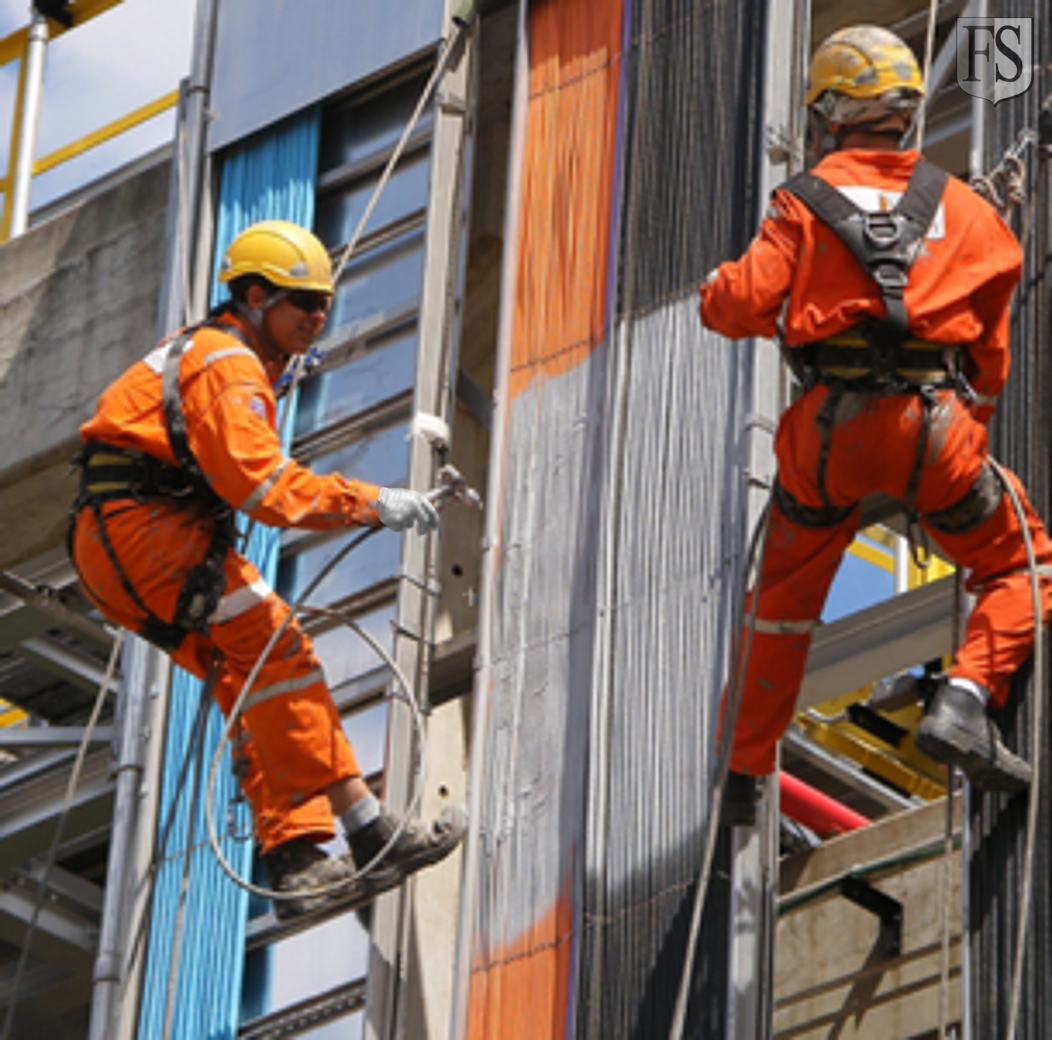Passive vs. active fire protection system.
Active fire protection systems such as smoke detectors, water sprinklers & sprays, foam pourers, and fixed water monitors are all widely used in both on and offshore process industries. Active systems using inert or halogen gases can be used to flood enclosed spaces. All these systems need an action – either manual or automatic – to function. Active fire protection aims to help suppress a fire during its early stages.
Read more about passive vs. active fire protection systems, how passive fire protection works for electrical cables and “The high installation and maintenance cost” for active systems.
Passive fire protection
Passive fire protection describes structural measures to prevent the ingress of flame and smoke, for example, from electrical cables. While many people conclude that an active system will be the most effective way to protect a building from fire, passive systems are equally, if not more than adequate, in preventing damage and loss of life.
Passive Fire protection is a crucial element in fire protection. Passive Fire Protection consists of elements utilized to keep an asset safe so that fire doesn’t spread and no action is needed for it to work. In general, passive systems are maintenance-free. In the case of electrical substations or machinery spaces, passive fire protection systems like those used in cable coating are critical. Fire & explosions do not spread, causing collateral damage and an interruption in critical infrastructure. Passive Fire Protection will reduce fire damage and halt the release of toxic gasses from cables that present a human health hazard and a threat to process controls.
Active fire protection system limitations.
Active fire protection systems require to be well maintained to ensure reliability. Some water and water-based foam systems are prone to rust deposits that can block sprinkler heads and spray nozzles. Procedures should be in place to ensure regular maintenance and testing of systems. These systems remain vulnerable to being ineffective due to poor maintenance or routine testing.
Foam and water-based active fire protection systems can generate considerable amounts of contaminated firewater with significant potential environmental damage.
In gas suppression active systems, there has been a movement away from the use of Halons over recent years due to their potential effect upon the ozone layer and other undesirable environmental impacts.


